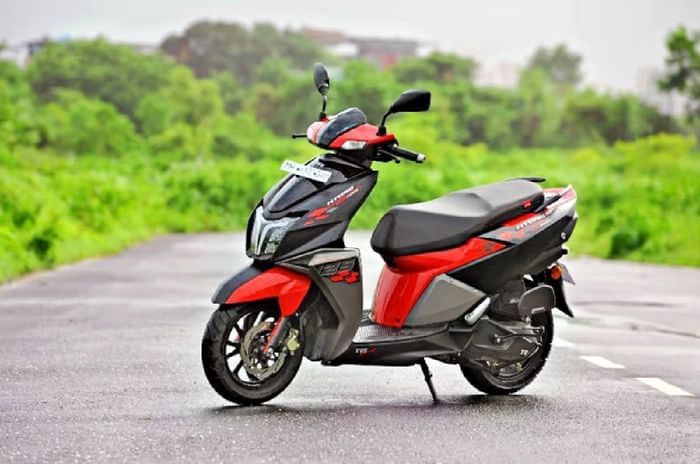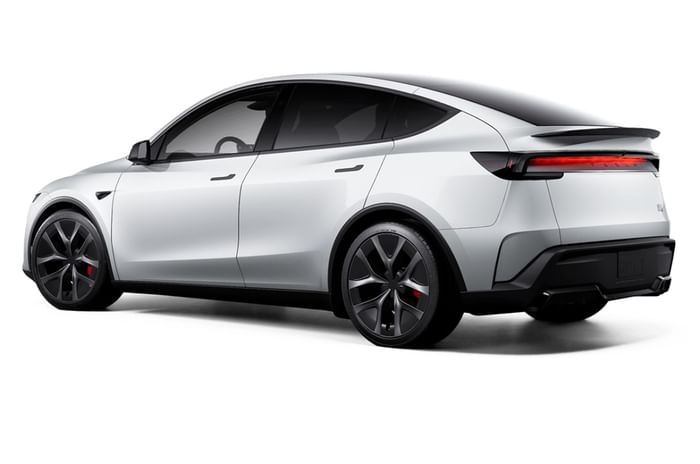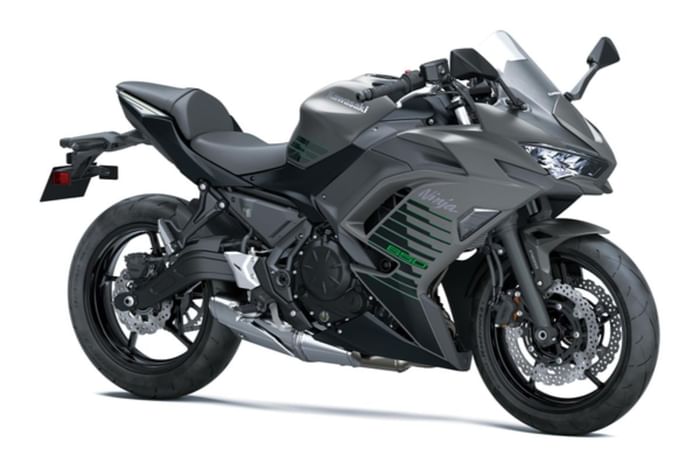Wow, are we really here again? Already? It’s almost September, folks, and Gizmodo’s consumer tech team is firmly fixed on upcoming events like IFA 2025 in Berlin and Apple’s impending annual iPhone extravaganza (Meta Connect 2025 is mid-month, too!). That being said, there are still a lot of cool gadgets we reviewed in August that deserve one final look back before we dive face-first into a torrential run towards (gulps) CES 2026.
ICYMI (make sure it never happens again), I’m rounding up this month’s best gadgets, which include some wholly unexpected entrants from Lenovo, some not-so-unexpected Pixel 10 drops from Google, and the strongest pair of ANC wireless earbuds I’ve ever shoved in my ears. Bon appétit.

I know, a new Pixel, big whoop, right? In some ways, the eye roll may be deserved, since hardware upgrades weren’t a particularly big focus this year in the new Pixel lineup, but there’s a lot going on under the hood of the Pixel 10 and Pixel 10 Pro / 10 Pro XL that may have moved the needle in other ways.
One of those ways, as you may have guessed, is Gemini, which is in every nook and cranny of the new Pixel 10 phones. Some of that phone-focused AI is still finding a purpose, but as Gizmodo’s Senior Editor, Consumer Tech, Ray Wong, noted, there are glimmers of what could be the AI phone to beat. It may be a while until we all actually retrain ourselves to use said features (if we ever do), but on paper, automatically editing photos with AI or helpful, personalized suggestions in Google Maps via Gemini are a palpable shift in the smartphone experience. An additional telephoto camera in the regular Pixel 10 is nice, too, but it’s clear that Google is leaning fully into an AI-powered phone, whether you like it or not.
See Pixel 10 at Amazon
See Pixel 10 Pro at Amazon
See Pixel 10 Pro XL at Amazon

Okay, picture this: a laptop, but loooooong. Not just long, but rollable, with a screen that extends out like a space-age scroll. This is the type of out-there thinking I love to see in the gadget world. Maybe it’s not the most practical, but damn is it fun. Watching Lenovo’s ThinkBook Plus Gen 6 Rollable is about as unique an experience as you’ll get in laptops—nay, gadgets in general—and that wild experience is buoyed by what is otherwise a solid machine with strong audio and a great feel.
It’s expensive, at $3,300, and battery life leaves something to be desired, but this is the future we’re talking about here. Long live the long laptop, even if it costs an arm and an oversized leg, and is technically totally unnecessary.
See ThinkBook Plus Gen 6 Rollable at Lenovo

I had no expectations going into testing out Technics EAH-AZ100, but when I put those suckers in my ears, I knew that they were the hi-fi earbuds I’ve been waiting for. As with any hi-fi audio product, they’re expensive at $300, but when you start to hear nuances of songs you’ve heard 1,000 times before (even compressed music played on Spotify), you realize that all those extra pennies are worth it.
Luckily, the EAH-AZ100 also nails another major aspect of wireless earbuds: battery life. With 10 hours of life with active noise cancellation on, these wireless earbuds outlast midrange counterparts by a long margin, and that’s a good thing because once you put these earbuds in, you’re not going to want to take them out.
See Technics EAH-AZ100 at Amazon

As long as we’re talking about premo audio, it’s worth mentioning Sony’s new Inzone H9 II. This gaming headset is the counterpart to Sony’s excellent WH-1000XM6 headphones in a lot of ways, delivering excellent sound quality and comfort. Sony also took steps to improve the mic quality over the last generation, which means clearer comms in high-stress games like Counter-Strike 2. Yes, this gaming headset is pricey at $350, but Sony made big strides gen-over-gen, even if the battery life (30 hours) and some of the preset EQ options are somewhat lacking.
See Sony Inzone H9 II at Amazon

If there are two things I love in gadgets and gaming, it’s modularity and nostalgia, and the 8BitDo Pro 3 has those in spades. If you weren’t immediately charmed by this controller’s GameCube-coded look, its many customization options might do the trick.
You can swap A,B,X,Y buttons with colored and gray versions and map everything to your liking. There’s also a USB-C dongle for low-latency gaming, in case you’re getting really serious. Anyone who’s scarred by controller drift will be happy to know that it uses an iteration of Hall effect joysticks that are pretty much immune to the wear and tear that causes drift in the first place. Unfortunately, you can’t wake your Switch 2 with this controller, or most third-party controllers right now, thanks to a shift in the protocol used by Nintendo, but if you’re looking for an all-around great experience for Nintendo or PC, the 8BitDo Pro 3 should be on your radar.
See 8BitDo Pro 3 at Amazon

ANC isn’t always the most important aspect of earbuds, but sometimes it can be. And when noise cancellation is a priority (on a plane with a screaming baby), you’re going to want a pair of buds that does it right. Bose’s second-gen QuietComfort Ultra 2 are exactly that, and they improve year-over-year with support for wireless charging, better adaptive ANC, and the ability to see the battery life of your case via the Bose app, so you never have to be without a safeguard against annoying noise.
For $300, you won’t get comparable sound to the aforementioned Technics EAH-AZ100, but Bose still holds it down. Plus, there’s a great transparency mode for when you actually want to allow the world to engage with you.
See Bose QuietComfort Ultra 2 at Amazon

To be honest, I can’t remember an Android phone that had people as flustered as Nothing’s Phone 3. First, there’s the look: a divisive cubist take on the Nothing aesthetic with an offset camera sensor that drives some people crazy. There’s also the price, which, at $800, had people philosophically unpacking what a flagship phone even is.
No matter where you sit on that spectrum—love it or hate it—Nothing’s Phone 3 made a statement, and even if features like the Glyph Matrix are a bit of a gimmick, it gave us something to talk about. If the metric was to make a phone that isn’t boring, I’d say Nothing succeeded—older chipset and less-than-flagship camera system be damned.
See Nothing Phone 3 at Amazon

The Switch 2 is great, but it’s only as great as how long you can play it for, and the battery life leaves something to be desired. If you’re looking to extend your Switch 2 battery life on the go, then Genki’s Attack Vector case does just that. It’s only $50 and has an additional battery pack accessory that’s sold for $70. With the added energy pack, Gizmodo Staff Writer Kyle Barr was able to get 2.5 hours of additional juice while playing Cyberpunk 2077 in handheld mode—that effectively doubles the battery life when you have Genki’s charging case equipped.
This isn’t the case you want for protecting your Switch 2 against drops, since it’s on the thinner side, but if you’re looking for something lightweight that gives you a huge battery boost, you can’t go wrong.
See Attack Vector at Amazon

Listen, I’m not a fan of smart locks personally. Don’t get me wrong, I’ve filled my home with janky internet-connected outlets and lights, but locking my door with a product like that just feels like a bridge too far. That being said, there is something about a palm-scanning smart lock that does feel objectively cool. Our smart home expert, Wes Davis, praised the TCL D2 Pro for its speed in reading and unlocking, its simple installation process, and its easily removable battery that can be charged via USB-C.
Wes also knocked off points for a buggy setup process and its lack of support for Apple Home and Matter, though, and obviously, if you’re in a cold-weather part of the world, you’re going to need to slide your glove off to get in or use the lock’s not-so-high-tech numpad. Warts and all, though, palm-based smart locks are some Jedi magic if I’ve ever seen it.
See TCL D2 Pro at Amazon
























































